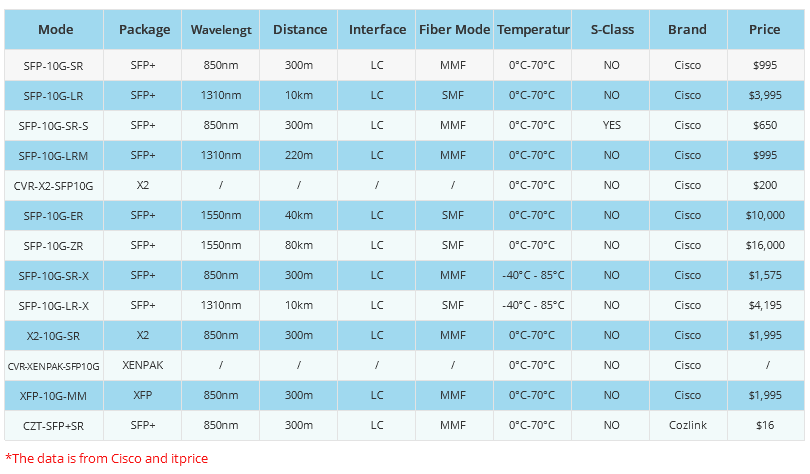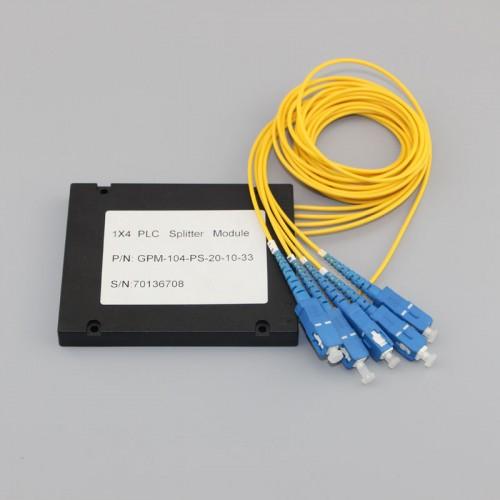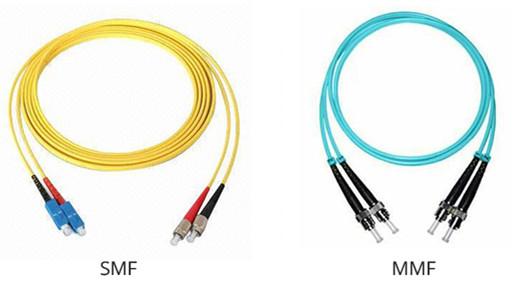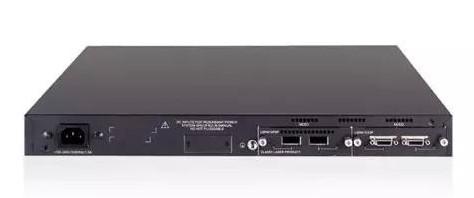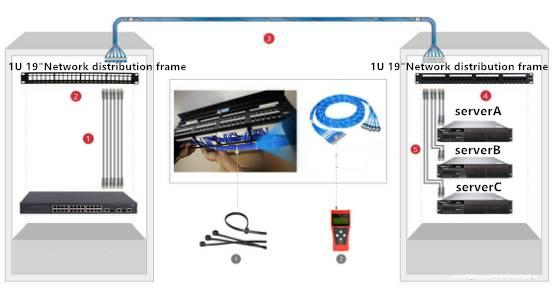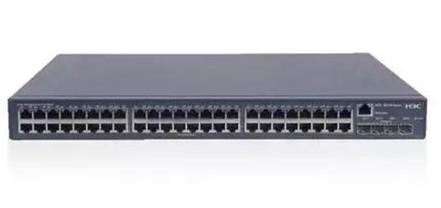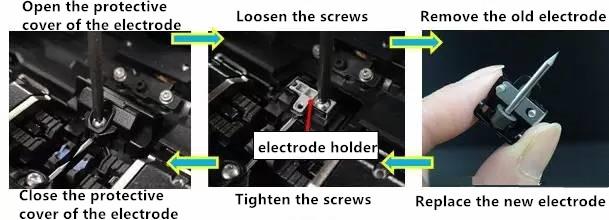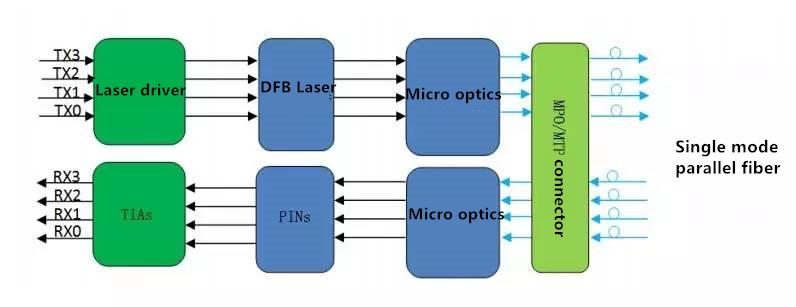- Related articles
- The Questions about the Cisco 10GBASE X2 Module & SFP Compatibility
- Cisco SFP vs. GBIC vs. XFP vs. SFP Plus
- Optical Transceivers for Cisco SG110-24-UK Switch
- CWDM SFP+ Solution for Cisco Compatible
- Optical Transceivers for Cisco WS-C3560-24TS-S Switch
- 40GBASE-LR4 QSFP+ Transceiver Links: CWDM and PSM
- Optical Transceivers for Cisco ME-3400-24FS-A Switch
- All Cisco GLC-FE-T-I's information (List price, Specs, Datasheet PDF, Compatibility matrix
- All Cisco ONS-SI-100-LX10's information (List price, Specs, Datasheet PDF, Compatibility m
- All Cisco MFEBX1's information (Specs, Datasheet PDF, Compatibility matrix)
Recommend tag
Do you know what QSFP Bidi optical module is?
2024-10-23
1、 Overview
In today's data center networks, most fiber optic cabling is built specifically for 10Gbps connections. When data centers need to speed up from 10Gbps to 40Gbps, the challenge we face is how to achieve this at a low cost. Due to the use of dual core LC jumpers for 10Gbps cabling and 8-core MPO jumpers for 40Gbps cabling. So in order to support 40Gbps connectivity, data center architects need to abandon all existing 10Gbps cabling and reinvest in building 40Gbps fiber optic cabling. This is undoubtedly a costly and resource wasting solution. The solution to this problem is to adopt the innovative 40Gbps QSFP Bidi technology, which can achieve 40Gbps connection on the basis of the original 10Gbps fiber optic cabling. Greatly saves investment in fiber optic cabling and avoids waste of fiber optic resources.
2、 The problems faced when using existing 40G optical modules
The common short distance transmission optical module with a transmission rate of 40Gbps is the 40G QSFP SR4 optical module. This optical module adopts QSFP packaging form, using independent transmitter and receiver parts. Each optical module has 4 parallel fiber optic transmitters, plus 4 parallel fiber optic receivers, and signal transmission requires 8 fibers. QSFP SR4 uses MPO 8-core optical fiber. The following figure shows the working principle of a 40G QSFP optical module.

The connection between two 40G QSFP optical modules requires an 8-core optical fiber from MPO to MPO. When data center network cabling is built specifically for 10Gbps transmission, a problem arises. 40G QSFP optical modules cannot directly use LC to LC optical fibers to transmit 40Gbps rates, and require a fiber core count of 8. You should know that the number of fiber cores from LC to LC is 2. Due to the characteristics of 40G QSFP optical modules, customers need to invest four times the fiber cost to speed up their existing data centers from 10Gbps to 40Gbps.
3、 40G QSFP Bidi Optical Module Solution
The QSFP Bidi optical module can achieve a transmission rate increase from 10Gbps to 40Gbps by connecting a dual core multimode fiber to the LC interface. That is to say, QSFP Bidi optical modules can achieve 40Gbps transmission on the basis of existing 10Gbps fiber optic cabling without any additional fiber optic investment.
QSFP Bidi optical module is a short distance transmission optical module used on multimode fiber, with a maximum transmission distance of up to 100 meters through OM3 fiber; The maximum transmission distance through OM4 fiber optic can reach 150 meters;
The interface type of QSFP Bidi optical module is dual LC interface; The working wavelength is 850nm/890nm; This device complies with MSA standards.
The QSFP Bidi optical module has two signal channels, each with a transmission rate of 20Gbps; Each channel can simultaneously perform sending and receiving operations on two wavelengths. In this way, the access layer can be accelerated from 10Gbps to 40Gbps through two multi-mode LC fibers.
The following figure shows the working principle of the 40G QSFP Bidi optical module.

summary
The 40G QSFP Bidi technology solves the problem of fiber optic cabling updates in data center networks, accelerating from 10Gbps to 40Gbps. Compared with other 40G QSFP optical modules, the 40G QSFP Bidi optical module can meet the 40Gbps transmission rate while saving four times the fiber optic investment and a significant amount of labor costs. By using 40G QSFP Bidi optical modules, 40Gbps transmission can be achieved from the existing 10Gbps cabling infrastructure, and the transmission rate can be increased with lower investment. It is evident that the 40G QSFP Bidi optical module is the most cost-effective solution for accelerating your existing 10Gbps transmission to 40Gbps.

TECHNICAL SUPPORT
Get solutions or consultation from the technical team.




























































